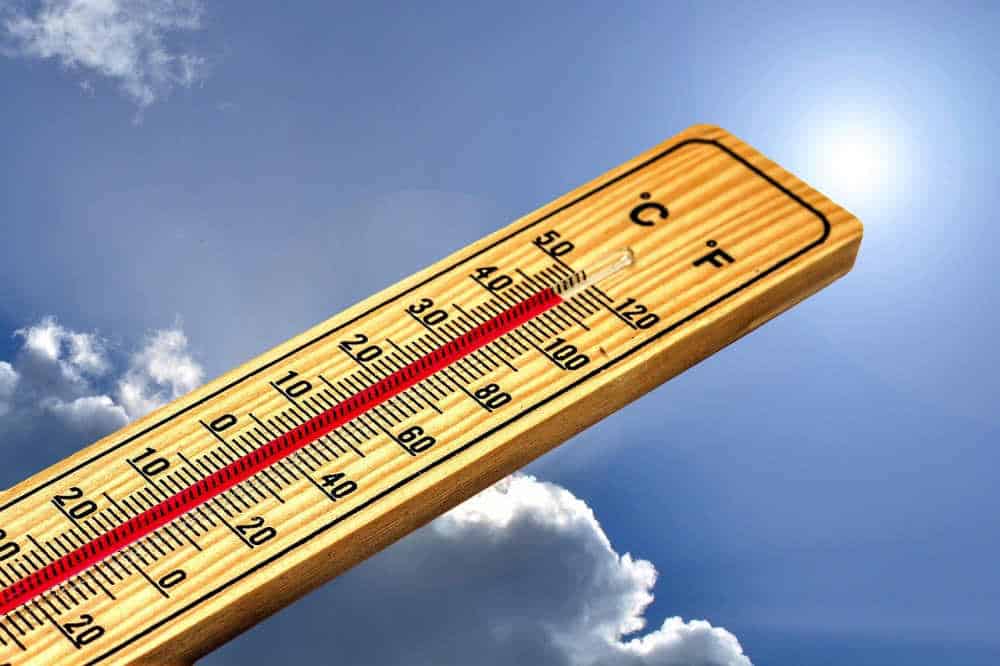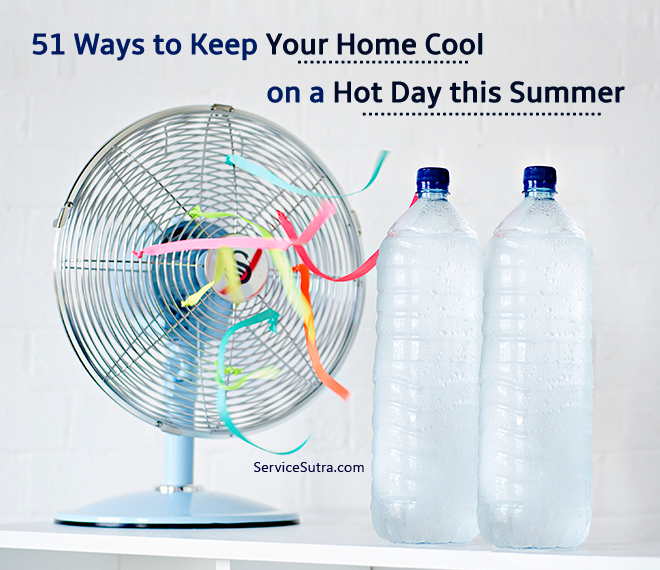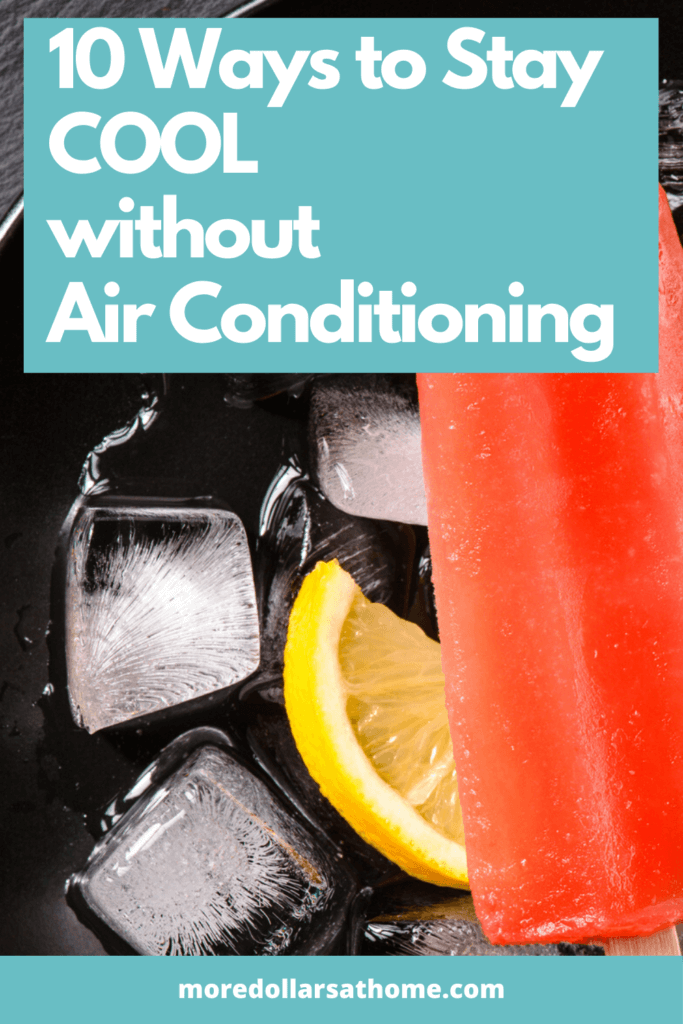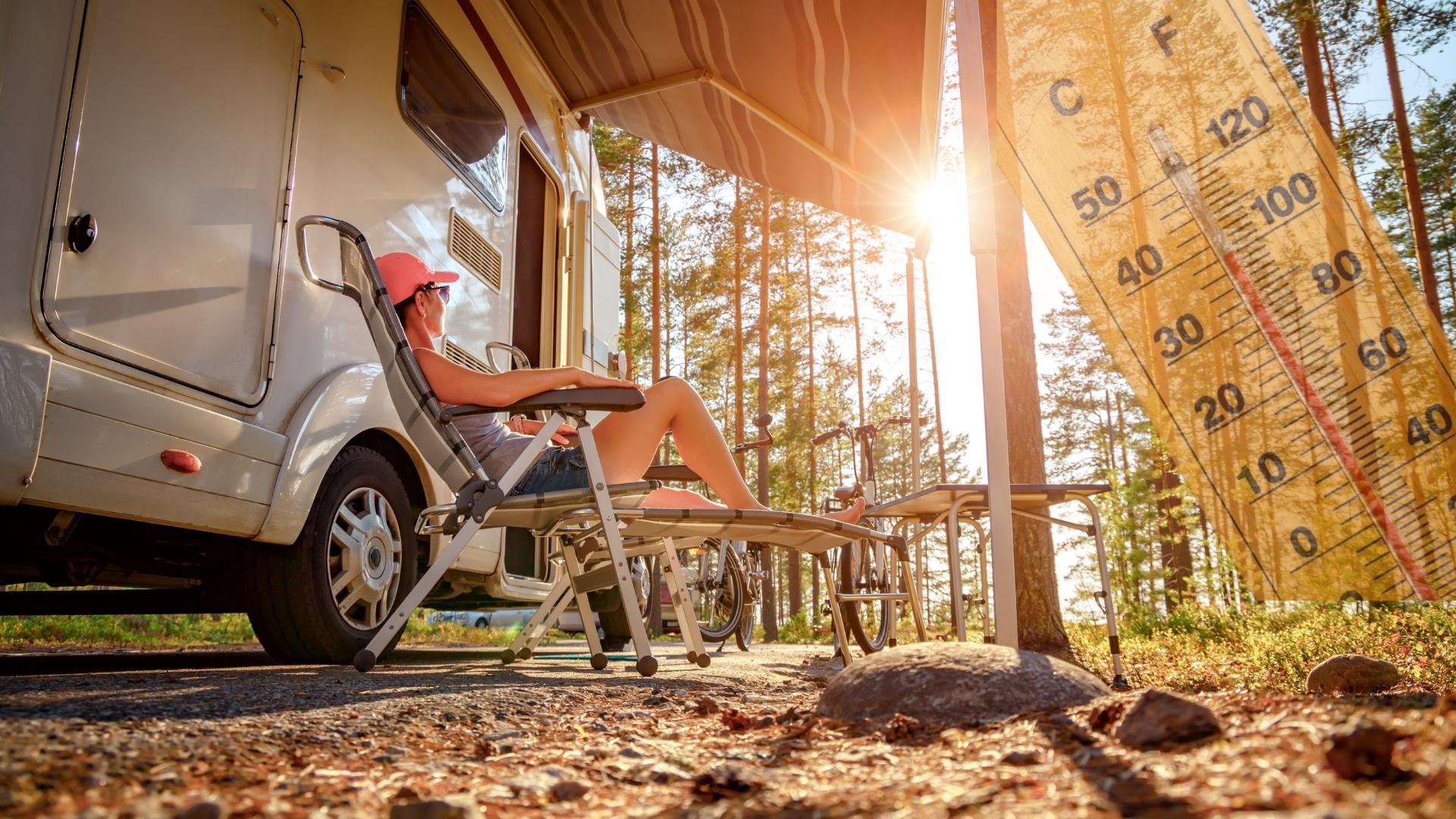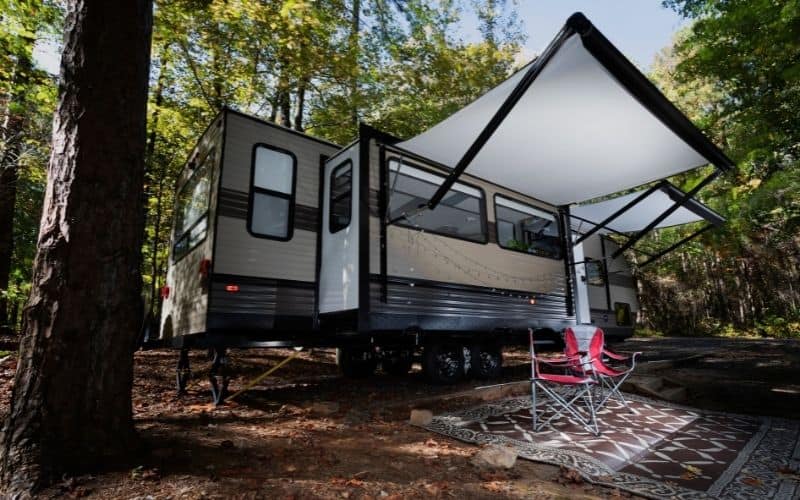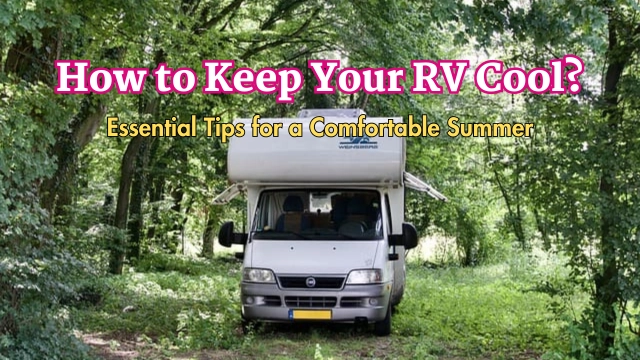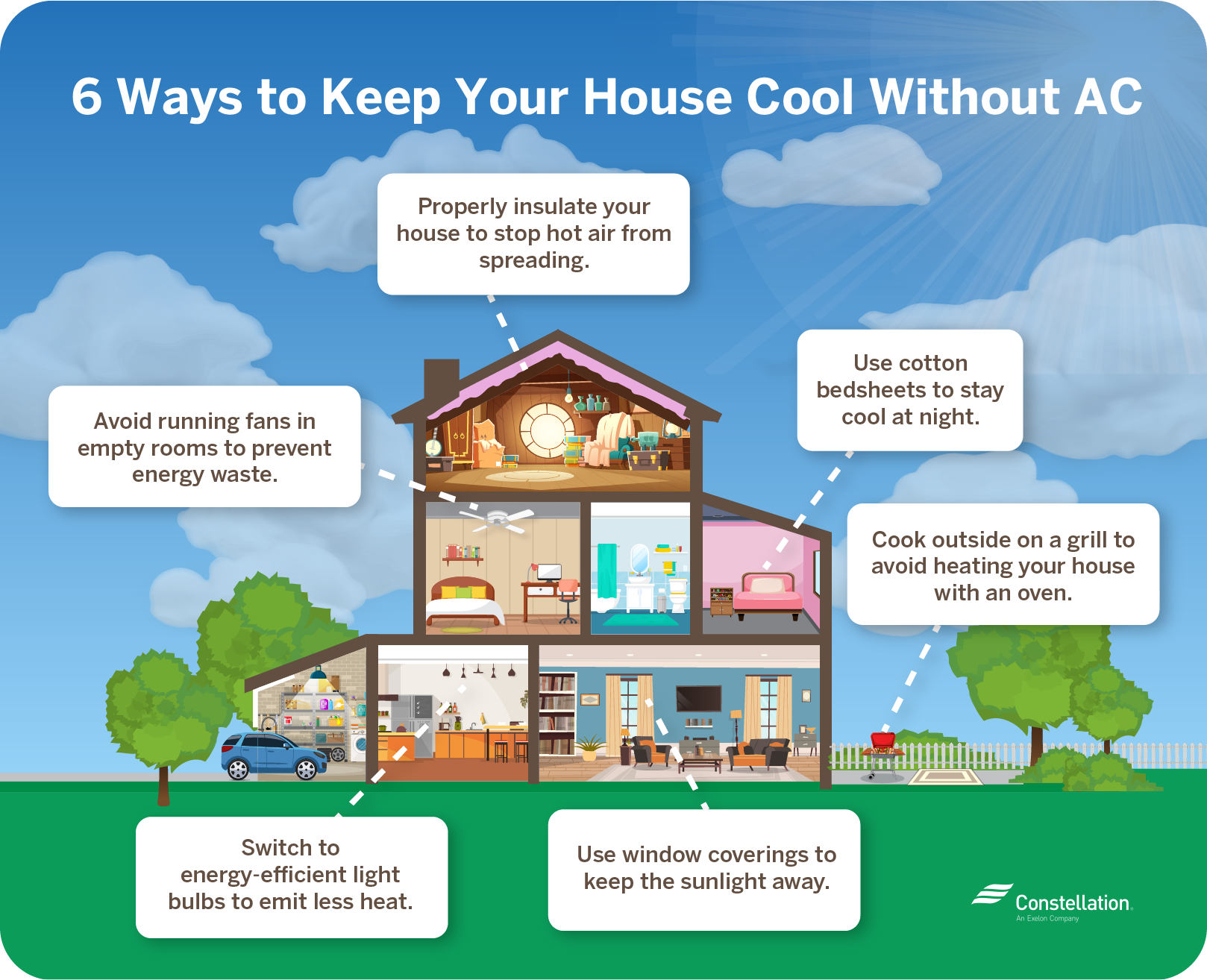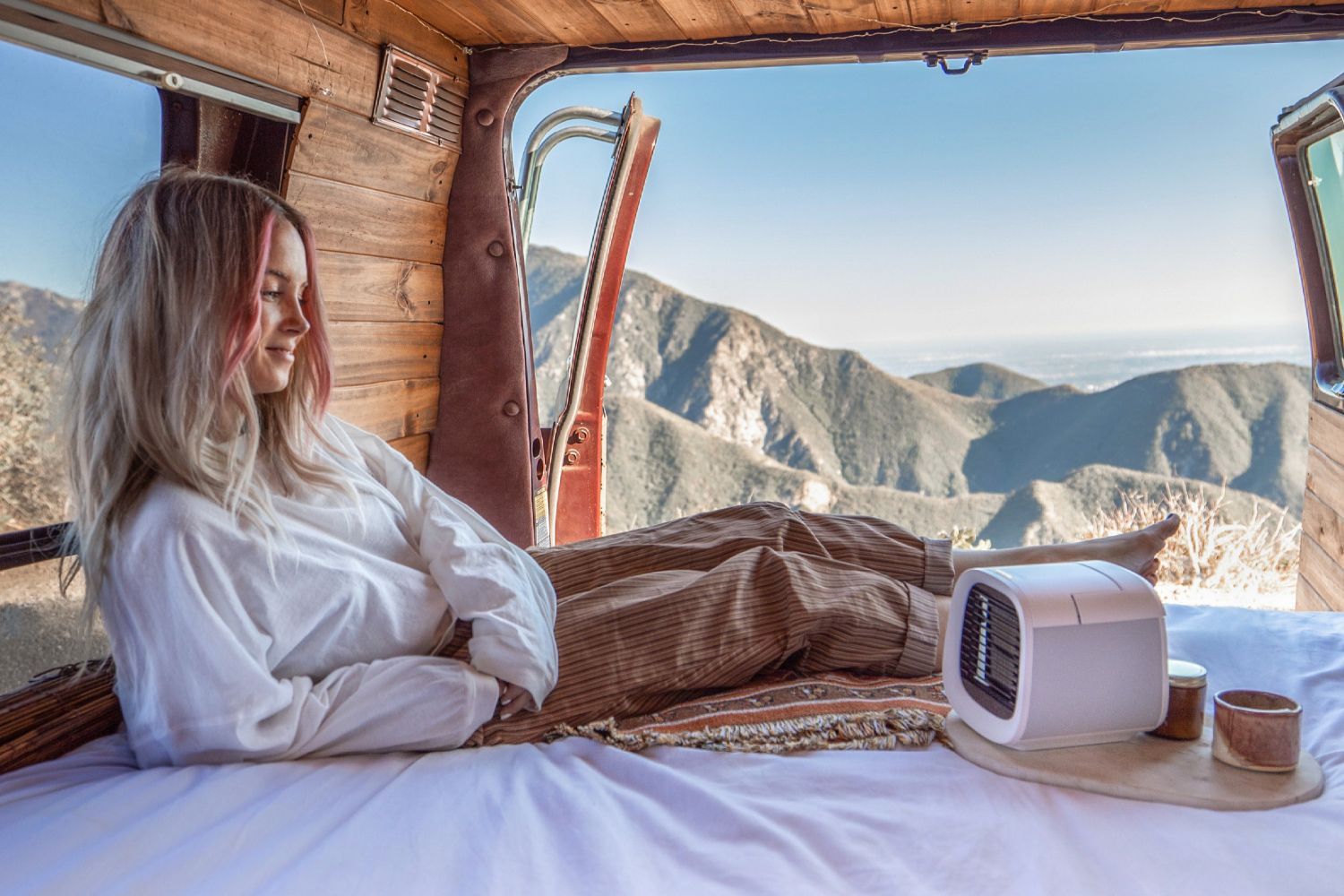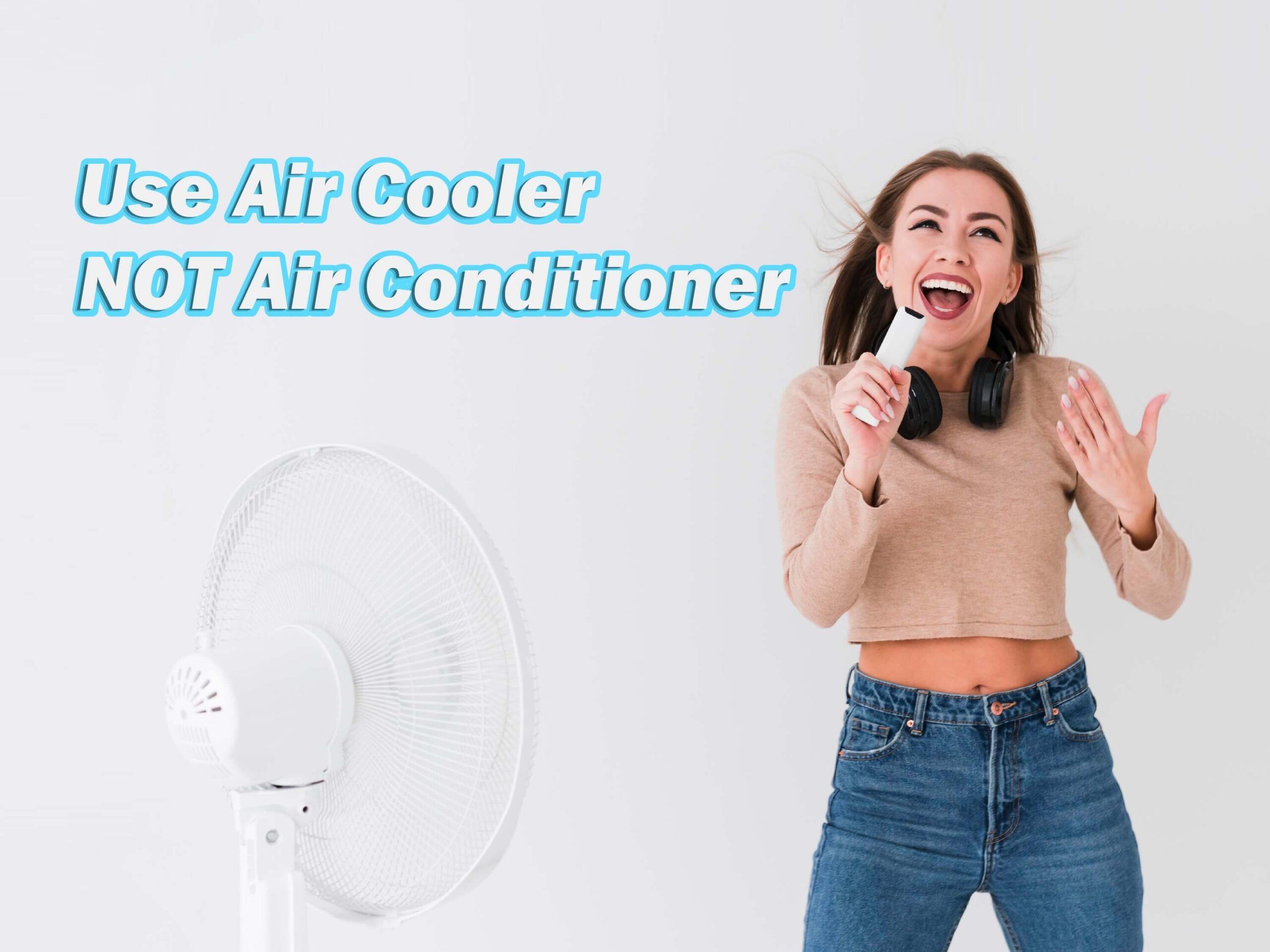How To Stay Cool In An Rv Without Air Conditioning
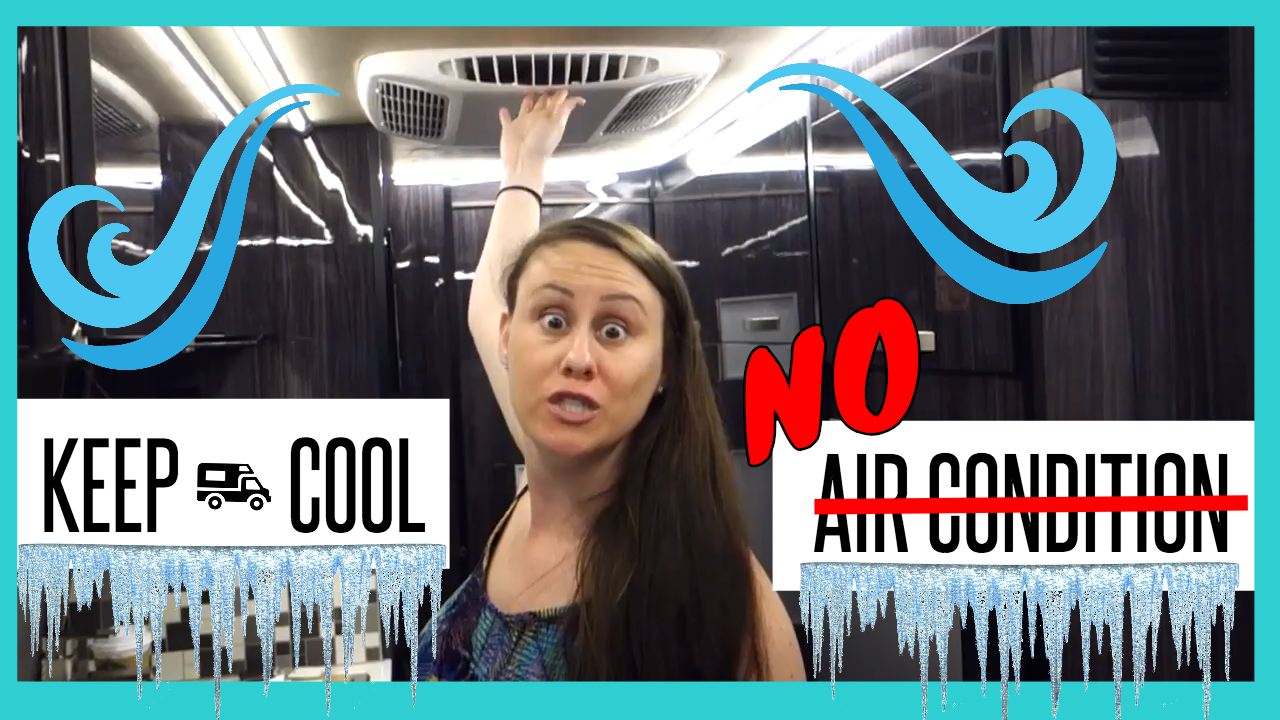
The sun beats down, turning your RV into a sweltering metal box. For many RV enthusiasts, the dream of hitting the open road can quickly turn into an uncomfortable, sticky reality when relying solely on air conditioning isn't an option. Whether you're boondocking off-grid, facing a power outage, or simply trying to reduce your energy consumption, mastering alternative cooling techniques is crucial for a comfortable RV experience.
This article delves into practical and proven methods for staying cool in your RV without air conditioning. We'll explore everything from passive ventilation strategies and insulation enhancements to strategic parking and the use of alternative cooling devices. The goal is to provide you with a comprehensive guide to beat the heat and enjoy your RV adventures, regardless of the temperature outside.
Understanding the Challenge: RV Heat Gain
RVs, by their very nature, are susceptible to significant heat gain. Large windows, thin walls, and a relatively small interior space all contribute to rapid temperature increases when exposed to direct sunlight. Understanding these factors is the first step in mitigating the heat.
The Greenhouse Effect in RVs
The greenhouse effect is a major contributor to RV heat. Sunlight enters through the windows, warming the interior surfaces. That heat becomes trapped inside, raising the temperature significantly higher than the outside air.
This effect is amplified by dark interior colors and materials that absorb heat rather than reflect it. Minimizing this solar heat gain is essential for comfortable RV living without air conditioning.
Passive Cooling Strategies: Working With Nature
Passive cooling methods harness natural airflow and shading to regulate temperature. These strategies are cost-effective and environmentally friendly, making them ideal for off-grid RVing.
Ventilation: Letting the Air Flow
Proper ventilation is paramount. Open windows and vents strategically to create cross-breezes throughout your RV.
Consider installing ventilation fans, particularly a roof vent fan with a reversible motor. This allows you to either exhaust hot air or draw in cooler air from outside.
Strategic Parking: Shading Your RV
Parking in the shade is perhaps the simplest and most effective way to reduce heat gain. Utilize trees, awnings, or even build a temporary shade structure to block direct sunlight from hitting your RV's exterior.
Orient your RV so that the side with the most windows faces north or east, minimizing exposure to the intense afternoon sun. Remember that the sun's position changes throughout the day, so adjust accordingly.
Window Treatments: Blocking the Sun's Rays
Investing in effective window coverings is crucial. Reflective window film can significantly reduce solar heat gain by bouncing sunlight away from the RV.
Blackout curtains or shades can further block sunlight and provide insulation. Consider using a combination of these treatments for optimal results.
Enhancing Insulation: Keeping the Heat Out
Improving your RV's insulation is a longer-term investment that yields significant benefits. Better insulation prevents heat from entering in the summer and escaping in the winter, creating a more comfortable living environment year-round.
Addressing Common Insulation Weak Points
Pay attention to areas where insulation is often lacking, such as windows, doors, and the roof. Insulating the wheel wells can also help to reduce heat transfer from the road.
Adding foam board insulation to exposed areas or sealing drafts around windows and doors can make a noticeable difference. Consider using reflective insulation in these areas.
DIY Insulation Projects
Many insulation projects can be tackled by RV owners themselves. Installing insulated window covers or adding foam insulation to storage compartments are relatively easy and inexpensive ways to improve insulation.
Remember to prioritize safety and use appropriate materials and techniques when working with insulation.
Alternative Cooling Devices: Beyond Air Conditioning
When passive cooling isn't enough, several alternative cooling devices can provide a welcome boost. These options are often more energy-efficient than air conditioners and can be powered by batteries or solar panels.
Evaporative Coolers (Swamp Coolers)
Evaporative coolers, also known as swamp coolers, work by evaporating water to cool the air. They are most effective in dry climates with low humidity.
While they won't work as well in humid environments, they can still provide a noticeable cooling effect. Ensure you have adequate ventilation when using an evaporative cooler to prevent moisture buildup.
12-Volt Fans: Targeted Cooling
12-volt fans are a versatile and energy-efficient way to circulate air. They can be used to create a breeze, exhaust hot air, or supplement other cooling methods.
Consider using a combination of small fans strategically placed throughout your RV to maximize airflow. Battery-operated or USB-powered fans are also useful for personal cooling.
Personal Cooling Techniques
Sometimes, the best way to stay cool is to focus on personal comfort. Wearing loose, breathable clothing, taking cool showers, and using cooling towels can all help you feel more comfortable in a hot RV.
Staying hydrated is also crucial for regulating body temperature. Drink plenty of water throughout the day, especially when exposed to heat.
Managing Humidity: A Crucial Factor
High humidity can make even moderate temperatures feel unbearable. Managing humidity levels inside your RV is essential for staying comfortable without air conditioning.
Dehumidifiers: Removing Excess Moisture
A small dehumidifier can help to remove excess moisture from the air, making your RV feel cooler and more comfortable. Choose a model that is appropriately sized for your RV's square footage and energy consumption.
Regularly empty the water reservoir to prevent overflow. Consider using a desiccant dehumidifier if you're concerned about energy usage.
Preventing Moisture Buildup
Take steps to prevent moisture from building up inside your RV. Avoid showering or cooking indoors without proper ventilation. Address any leaks promptly to prevent water damage and mold growth.
Consider using moisture-absorbing products, such as silica gel packets, in enclosed spaces like closets and cabinets.
Conclusion: Embracing Sustainable RV Cooling
Staying cool in an RV without air conditioning requires a multi-faceted approach that combines passive cooling strategies, insulation enhancements, and alternative cooling devices. By understanding the principles of heat transfer and humidity management, you can create a comfortable and sustainable living environment on the road.
As energy costs rise and concerns about environmental impact grow, mastering these techniques will become increasingly important for RV enthusiasts. Embrace these strategies to enjoy your RV adventures to the fullest, regardless of the weather.

